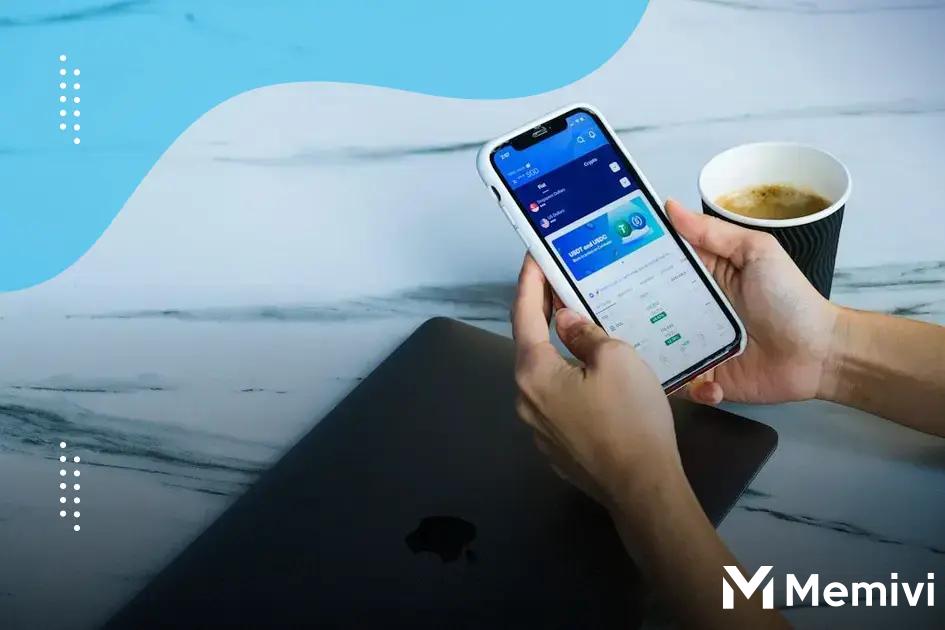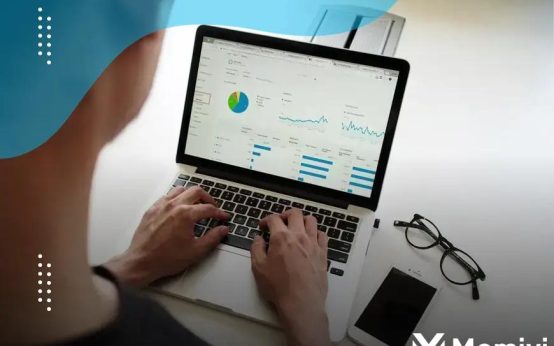In this guide, we’ll explore the best apps for managing your personal finances, providing you with essential insights on features, comparisons, usage tips, and security. By optimizing these tools, you can bring clarity to your financial life, making budgeting, saving, and tracking expenses straightforward and accessible for anyone.
Top Features to Look for in Finance Apps
When selecting a finance app, several features can significantly enhance your experience and financial management capabilities. Look for apps that offer automated transaction tracking to effortlessly log your expenses and incomes. Budgeting tools are essential, allowing you to set limits for different categories and track your spending against these budgets. Consider apps that provide investment tracking if you have assets in stocks or other securities.
An effective finance app should also offer bill reminders to help you avoid late fees. If you’re aiming for thorough financial oversight, choose an app with multiple account integrations, supporting different banks and credit cards. This ensures that you have a holistic view of your financial landscape.
Another important feature is real-time updates, helping you make decisions based on the most current data. Many leading finance apps offer data export options, making it easier for you to analyze your finances via other tools or for accounting purposes. The app should also provide robust customer support in case you encounter any issues or have queries on using the system effectively.
Additionally, seek finance apps with personalized insights and recommendations that adapt based on your spending habits. These insights can guide you toward smarter financial decisions. Finally, look for apps with user-friendly interfaces to ensure ease of use, as managing your finances should feel less like a chore and more like an enlightening experience.
Comparing Popular Personal Finance Apps

Monzo
Monzo is a UK-based fintech success story, renowned for its intuitive user interface and cutting-edge budgeting features. The app provides real-time spending notifications and robust categorization of expenses to help users better understand their financial habits. Monzo’s integration of savings pots, automatic savings, and its marketplace of financial products make it a comprehensive choice for budget-conscious individuals.
Revolut
Revolut stands out with its ability to handle multiple currencies seamlessly. This makes it ideal for frequent travelers or those managing international expenses. Its spending analytics and budget features are simple yet effective, providing insights into personal finance effortlessly. The app also offers cryptocurrency management for users interested in diversifying their portfolio.
Emma
Emma markets itself as a financial advocate for its users. Its primary selling point is the ability to connect multiple bank accounts, providing a unified view of one’s financial landscape. Emma’s expenditure tracking, bill reminders, and subscription management are highly praised for reducing financial stress and improving money management skills.
YNAB (You Need a Budget)
YNAB is an app focused on a proactive budgeting philosophy, urging users to Tips for Efficiently Using Finance Apps
- Understand Your Needs: Before diving into a finance app, identify what you need. Whether it’s budgeting, saving, or investing, knowing your goal makes app usage smoother.
- Set Up Alerts: Most finance apps allow you to set notifications. Use these to keep track of bills, low balances, and spending limits.
- Regular Updates: Keep your financial data up-to-date by regularly updating your expenses and income. This ensures accurate tracking.
- Sync Accounts: Link all your accounts to have a holistic view. This can include bank accounts, credit cards, and investments.
- Utilize Budgeting Tools: Many apps come with in-built budgeting tools. Use them to allocate portions of your income to savings and essential expenses.
- Leverage Analytics: Use the insights provided to adjust spending habits and improve financial health. These insights can highlight patterns you might overlook.
- Custom Categories: Customize categories for better tracking. Tailoring them to your needs can make expense tracking more relatable
- Explore Automation: Automate savings and bill payments to ensure you never miss a payment and keep your savings growing without extra effort.
Security Measures in Finance Management Apps

In the rapidly evolving digital age, finance management apps have become an essential tool for budgeting, investments, and tracking expenses. These apps not only offer convenience but also require stringent security measures to protect sensitive financial data.
User Authentication is fundamental in these applications. Most apps now use two-factor or even biometric authentication methods, such as fingerprint or facial recognition, to ensure that only authorized users can access an account.
Data Encryption is another critical aspect. Finance apps typically use high-level encryption protocols similar to those used by banks. This ensures that data exchanged between the user device and the app’s servers remains confidential and cannot be intercepted by malicious entities.
Many apps also incorporate Regular Security Updates, which are crucial to counteract new vulnerabilities and threats. These updates not only patch security holes but also enhance app performance and stability.
Additionally, finance apps often include Real-time Alerts that notify users of any suspicious activities or unauthorized transactions. This feature empowers users to take immediate action to secure their accounts.
Another security measure is the implementation of Secure APIs. These interfaces allow secure communication between different software components, verifying all data and interactions and preventing unauthorized access.
Lastly, Privacy Policies are meticulously drafted to inform users about data collection, usage, and sharing practices. Clear, transparent policies build user trust and ensure compliance with data protection regulations such as GDPR.


 Demystifying the UK’s ‘Great Wealth Transfer’: What It Means for Young People. <p class='sec-title' style='line-height: normal; font-weight: normal;font-size: 16px !important; text-align: left;margin-top: 8px;margin-bottom: 0px !important;'> Demystifying the UK's 'Great Wealth Transfer' reveals its impact on future generations. </p>
Demystifying the UK’s ‘Great Wealth Transfer’: What It Means for Young People. <p class='sec-title' style='line-height: normal; font-weight: normal;font-size: 16px !important; text-align: left;margin-top: 8px;margin-bottom: 0px !important;'> Demystifying the UK's 'Great Wealth Transfer' reveals its impact on future generations. </p>  Understanding Your UK Credit File: What’s on It and How to Fix Errors. <p class='sec-title' style='line-height: normal; font-weight: normal;font-size: 16px !important; text-align: left;margin-top: 8px;margin-bottom: 0px !important;'> Learning the ins and outs of a UK credit file will help you make informed financial decisions. </p>
Understanding Your UK Credit File: What’s on It and How to Fix Errors. <p class='sec-title' style='line-height: normal; font-weight: normal;font-size: 16px !important; text-align: left;margin-top: 8px;margin-bottom: 0px !important;'> Learning the ins and outs of a UK credit file will help you make informed financial decisions. </p>  The UK’s Cost of Education: A Breakdown of School Fees and Saving for the Future. <p class='sec-title' style='line-height: normal; font-weight: normal;font-size: 16px !important; text-align: left;margin-top: 8px;margin-bottom: 0px !important;'> In this article, we will delve into various aspects of educational costs in the UK, offering insights into tuition, living expenses, and potential financial aid options. </p>
The UK’s Cost of Education: A Breakdown of School Fees and Saving for the Future. <p class='sec-title' style='line-height: normal; font-weight: normal;font-size: 16px !important; text-align: left;margin-top: 8px;margin-bottom: 0px !important;'> In this article, we will delve into various aspects of educational costs in the UK, offering insights into tuition, living expenses, and potential financial aid options. </p>